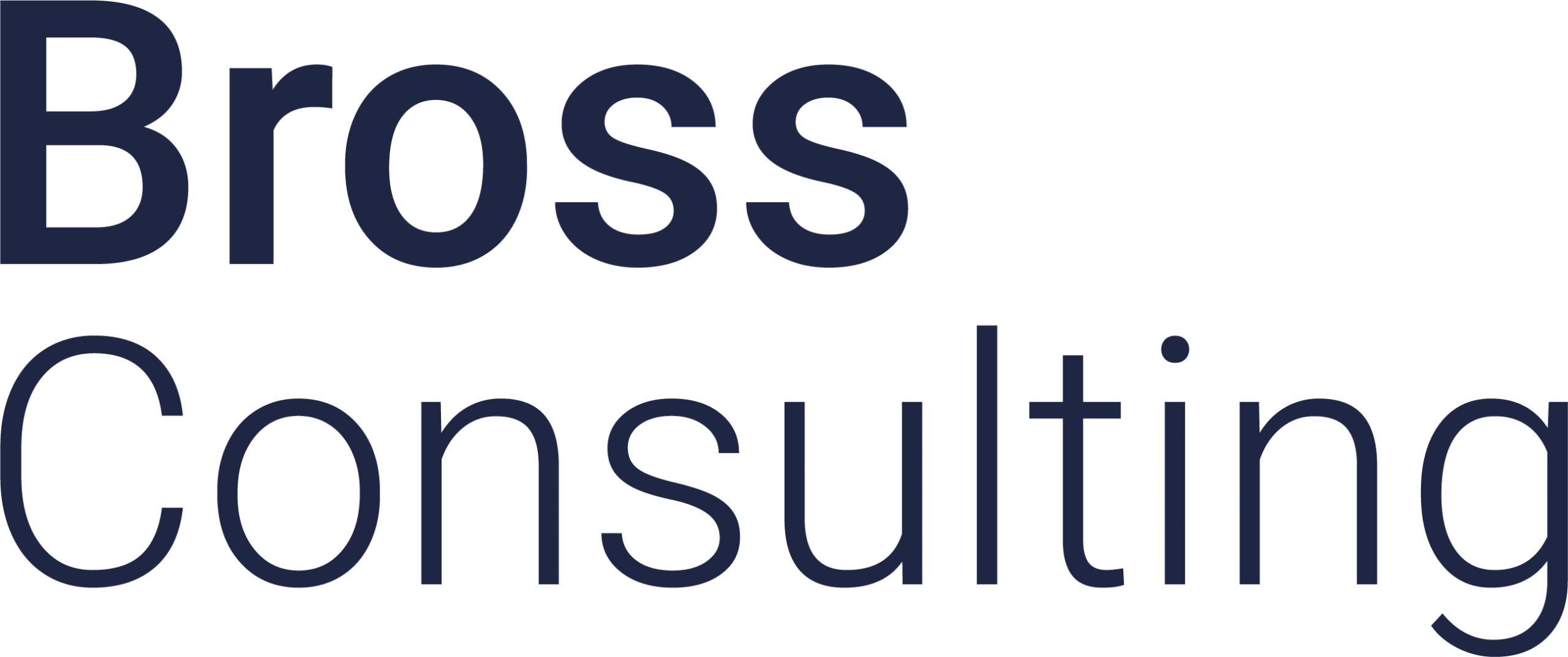Material flow optimization – definition and process
Material flow optimization improves the efficiency, speed, quality and costs of material movements. This happens in a production or warehouse environment. Through techniques such as lean manufacturing, just-in-time delivery and automated sorting, material flow optimization can reduce waste. This leads to an increase in productivity and ultimately to improved profitability for a company.
It is a key concept in areas such as logistics, supply chain management and Industry 4.0. Improving the flow of materials can reduce the environmental impact. This is done by using less energy and releasing fewer pollutants during the manufacturing of products.
Material flow optimization process
The first step is to define the objectives. Which target values need to be examined, what requirements are placed on the visualization? Then the database is collected and the current status is determined from the system processes. Data from the ERP system and the company’s own tracking systems are used for this. Work schedules and employee surveys also play a role in obtaining a truly comprehensive picture. Material flow optimization software such as visTABLE or Plant Simulation can only deliver good results if the data entered is of high quality. This is followed by data evaluation, which is where the material flow optimization software really comes into its own. It is used to determine the costs of the material flow. The results are displayed graphically at the end.
Why is material flow optimization in logistics so necessary?
Processes that are not fully optimized mean nothing other than a waste of resources. Material flow optimization can therefore directly reduce costs and is therefore necessary for many projects. These lower costs are a competitive advantage for the company. If this optimization is not carried out by a company, competitors use this process and gain this advantage for their part.
